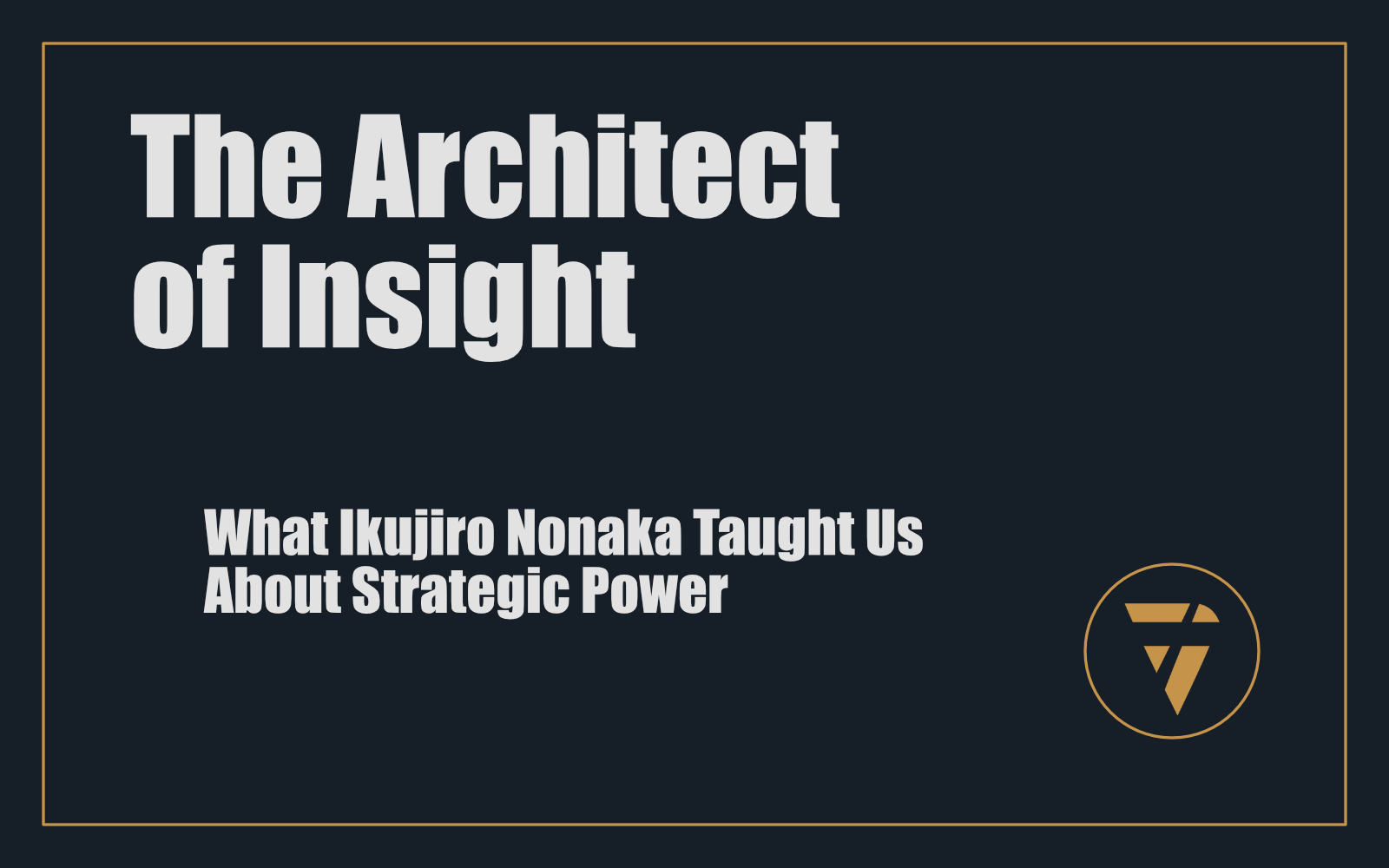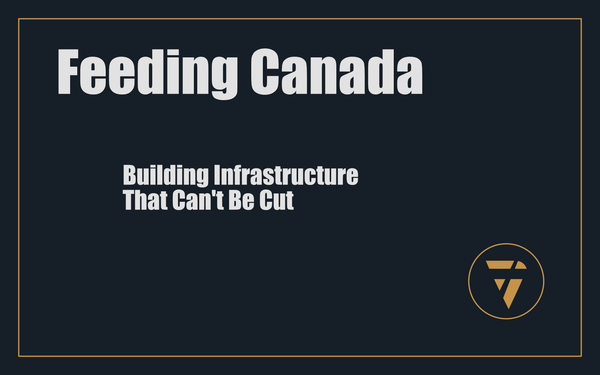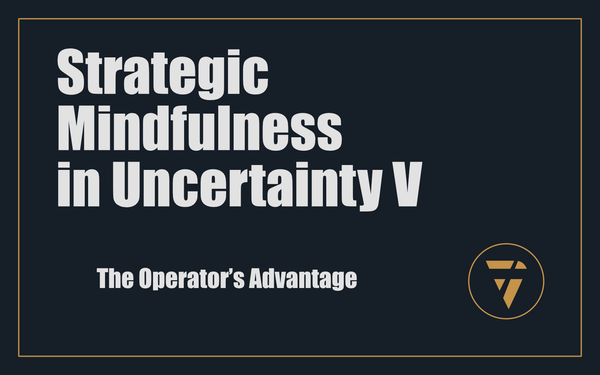The Architect of Insight

What Ikujiro Nonaka Taught Us About Strategic Power
In the West, we praise execution. We build systems, fund scale, and crown speed. But we rarely understand how anything new gets made.
We think innovation is a product of brilliance. We’re wrong.
Innovation is a consequence of motion. And no one mapped that motion more precisely than Ikujiro Nonaka.
While Silicon Valley was chasing code and capital, Nonaka was decoding the DNA of creation itself. He didn’t theorize from the sidelines. He embedded himself inside companies that were quietly outperforming the world. And what he saw became one of the most important contributions to business theory in the last century.
He saw that knowledge was not a noun. It was a verb.
Let’s be clear—if you're a founder, an operator, a strategist—Nonaka is not optional reading. He is required infrastructure.
Because what he gives you is not a framework.
It’s a lever.
I like levers. :)
The Root System Beneath Scale
Most businesses treat knowledge as an asset. Something to capture, store, and archive. They deploy CRMs, build wikis, stack up Loom videos—and then wonder why their teams don’t move.
Because the map is not the terrain.
What Nonaka proved is that true knowledge—strategic, competitive, culture-shaping knowledge—is created, not collected. It’s built through human interaction, through feedback loops, through shared experience and reflection.
And that creation is not random. It follows a pattern.
Enter SECI.
SECI: The Invisible Engine of Learning Organisations
SECI is not a four-step model. It is a living spiral. It is the choreography of knowledge creation. It’s how an organisation breathes in ambiguity and exhales action.
- Socialization: Tacit to Tacit. This is apprenticeship. It’s the unspoken transfer of craft. You sit beside the master, and you absorb what cannot be taught—intuition, feel, judgement.
- Externalization: Tacit to Explicit. Now the knowledge is spoken, written, diagrammed. It’s metaphor, it’s analogy, it’s narrative. It’s when a gut instinct becomes a repeatable insight.
- Combination: Explicit to Explicit. This is systemisation. Synthesising multiple sources into something cohesive. A playbook, a process, a doctrine.
- Internalization: Explicit to Tacit. Finally, knowledge returns to the body. Training, repetition, application. It becomes second nature. A reflex embedded in the culture.
And the cycle begins again.
What Nonaka named was not an academic curiosity. It was the heartbeat of every high-performance team. The unseen structure behind product-market fit. The reason some cultures scale, and others die with their founders.
Why Most Companies Never Build It
Because it takes more than tools. It takes architecture.
It requires psychological safety—for people to share. Narrative skill—to extract the tacit. Operational discipline—to combine the fragments. And leadership patience—to internalize before racing to act.
Western companies rarely do this well. Because they reward noise, not reflection. They value the fast answer, not the right process. They confuse documentation with knowledge.
Nonaka knew better.
He spent decades studying Japanese firms—companies like Honda, Canon, and Panasonic. He saw how they created space for teams to reflect. How they embedded learning into every project cycle. How middle managers became knowledge engines, not just compliance officers.
He saw that strategy doesn’t come from the top. It emerges from motion. From the ground. From the loop.
The Strategic Consequence of Knowing How to Know
Here’s what this means for you.
If you’re building a company, and you don’t have a SECI engine—you are scaling ignorance.
Every hire creates drift. Every project adds entropy. You may grow your team, your revenue, your visibility—but you will not compound.
Nonaka’s work is the antidote. But only if you operationalise it.
Not by putting SECI on a slide deck.
By building rituals, systems, behaviours, and spaces that make the spiral real.
- Do your teams debrief? Not just on what they did—but what they learned?
- Do you have a capture layer for tacit insight—beyond the weekly standup?
- Are your systems designed to synthesise knowledge across functions?
- Do you train people in reflection—not just execution?
Because if you’re not doing these things, you are bleeding leverage.
And no amount of funding, branding, or hiring will save you.
Proconsul Application: Deploying Nonaka in Real Time
Let me show you how to make this live.
You’re in a growth phase. Your team is doubling. Product is shipping faster than the market can absorb. You’re adding complexity, channels, and stakeholders.
Here’s how SECI becomes your spine:
- Socialization: Build shadowing programs. Force departments to cross-pollinate. Rotate roles. Make tacit knowledge observable.
- Externalization: Deploy structured narrative capture. Daily logs. Weekly synthesis. Train managers to extract insight through NEPQ-based debriefs.
- Combination: Use a core synthesis cell. This team’s job is not operations. It is integration. They translate raw insight into doctrine—manuals, models, and playbooks.
- Internalization: Bake training into your delivery loops. No standalone onboarding. Learning happens in motion. Every sprint, every pitch, every launch becomes an opportunity to internalize new doctrine.
And then you repeat.
Spiral, not staircase. Learning becomes your flywheel. Culture becomes compounding.
The Real Legacy of Nonaka
Nonaka didn’t build a framework.
He built a new way to see.
He saw that the greatest asset inside any company was not capital, not code, not content.
It was learning velocity.
He gave us the engine to weaponise it.
If you’re building a business, and you’re not operating with a knowledge engine—you’re flying blind. You might land the plane. But you’ll never build a fleet.
If you want leverage, if you want scale, if you want permanence—start here.
Not with another tool.
But with the system that teaches your system how to think.
This is what I’m working on. Tell me what you think, I enjoy the conversation! Subscribe and follow the work in real time.
Thanks!
B

They think the problem is scale.
The real problem? Their company doesn’t know how to learn.
You don’t need another framework. You need a knowledge engine. Start with Nonaka—or start bleeding leverage.
PS -






